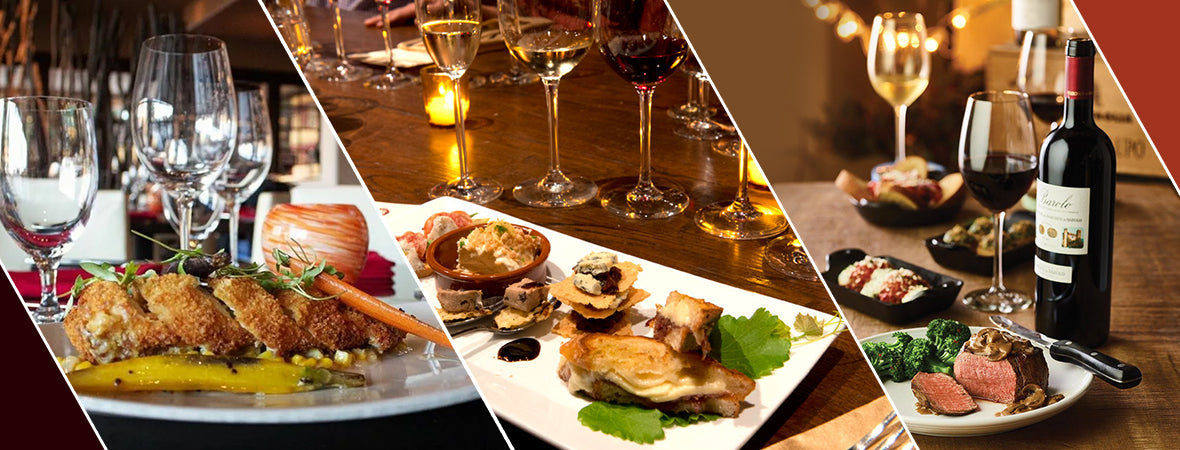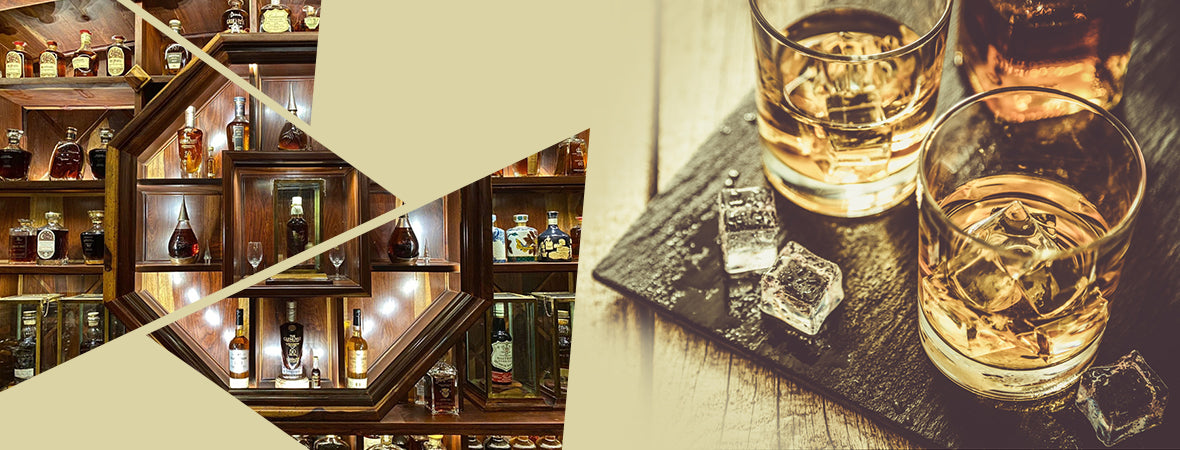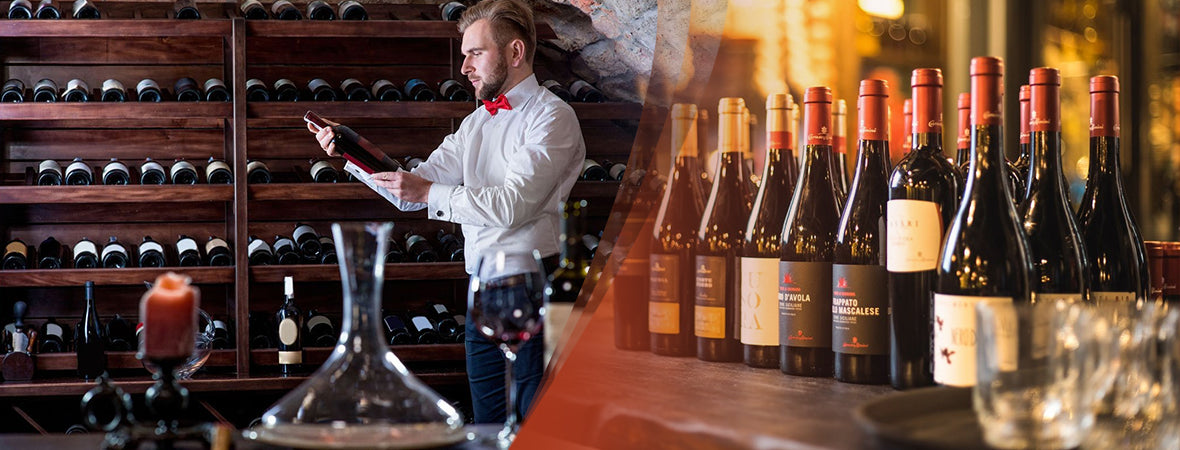White wine, red wine or in between all wine is fermented grape juice, but there is a difference between red and white wines. Not just in characteristic and taste but also how they are produced. To beginning, specific grapes are picked for white wines uses. Once they are chosen the grapes spend a few days of fermentation skin and all, meaning the grapes are fermented with their skins, pulp and its seed. What wine producers what from the grapes are also very different between red and white wines. In a white wine grape the goal is not to extract color and tannins but rather to retain the fruity flavor and freshness of the grapes.
The first thing that has to been done with the grapes is generally have their stems removed (sometimes, not all the time) and then gently crushed; just enough to have the skin of the grapes break open. The purpose of crushing the grapes is to allow the winemakers to extract more of the juice from the grapes. Now for certain wines such as Champagne and Sparkling wines, this step is skipped and the grapes go to another stage known as whole-cluster pressing. Whole cluster pressing is basically when all the grapes are bunched together and pressed very gently to extract the juices. What this does is it minimizes the amount of harsh malic acid and astringent tannins. After the crushing of the grapes (or in some cases non-crushing of the grapes) comes the “cold soak” or prefermentation maceration (PFM) which basically extracts additional aromas and flavors from the skins into the juice. The grapes are pressed from its skins, sometimes there is a period of cold settling which would allow any solids from the juice to fall to the bottom which would then be racked off leaving a clearer juice or must. After the grapes are prepared and crushed it is time for the fermentation.
The fermentation stage of the production of white wines beginning with some yeast that is added into the must, this causes the sugars in the grapes to convert and change into alcohol and carbon dioxide. Fermentation has a lot of important variables, such as the temperature of the fermentation and also where the fermentation takes place. The vessel where the fermentation happens is very important. Whether it is oak, stainless steel or some other type of container it all alters and changes the flavor and texture of the wine that is being produced. Certain containers go well with certain types of grapes. An example is, because of its affinity with oak, Chardonnay grapes are often fermented in small oak barrels. Riesling or Sauvignon Blanc grapes are fermented in stainless steel vessels because of its contrast with aromatic grapes. Each grape is matched up so it can get the best qualities. Temperature is also very important and can impact the overall quality of the white wine. White wines are usually fermented at cooler temperatures compared to the red wines. The cooler the temperature the more preserved the fruity aromas and flavors are. The warmer temperatures produce more of the structure and body of the wines qualities. Sometimes, during this stage, the winemakers will sometimes do something called malolactic fermentation which basically isn’t truly fermentation but rather a process that converts the remaining tart malic acid in the wine to the softer lactic acid. For example, the Chardonnay has a buttery note because it goes through this process. Now fermentation of the grapes are important but just as important is the next stage, and depending on what kind of white wine the winemaker wishes to produce, the next stage of the production can vary.
The wine producer can leave the wine on its lees, which is spent yeast cells, and that will give the wine a creamy texture and tastes with aromas of butter. Or they can let the wine chill near freezing temperatures, which is called ‘cold stabilization’, which will prevent the wine from forming harmless, but cosmetically, unappealing crystals. Then again the wine producers could age the wine in a wooden barrel, rather than leaving it in its original vessel, which would dramatically affect the taste and aroma of the wine adding marked vanilla, wood and/or even toasty flavors. Another alternative is filtering the wine to make it even clearer, but this process would remove some nuances of flavors.
Finally the last production stage of white wine is the aging, aging is very important, not only for white wine but in general to all wines. The wine can be aged in its original vessel or moved to a wooden vessel, depending on what the wine producers wishes, and will be left there for the aging process. From time to time the winemakers can choose to stir the wine up, which allows the spent yeast to add more flavors and qualities to the wine. When the wine is ready, which is after its aging process, the wine will then be bottled and ready for shipment. But they are not shipped right after they are bottled. Usually wines that have been recently bottled will remain in the winery for some time on racks so that it gets some more aging in the bottle. Once the completed bottles are finished and have been aged properly; then they will be shipped to its stores, owners, buyers or collectors.





